There are many problems that can occur if you have a leaking pool, so it’s best to find and fix pool leaks right away. In an area that requires you to winterize and cover your pool, the loss of water underneath your pool cover can require a new pool liner. If your water leaks down far enough, the liner will shrink with no water in the shallow end of the pool.
What’s So Bad About a Vinyl Pool Leak?

Water leaving the pool can erode supporting soil behind the walls and under the pool deck, or it can erode a sand floor, and even vermiculite floors in some cases. Water up against the walls can rust steel walls over time, and if leaking water has nowhere to go, it can come under the liner, creating bulges beneath your liner.
The chemical balance will always be off as you will constantly be adding fresh water to keep the pool filled. Both of these can be expensive and in some cases damaging to your pool. Water is not free – especially heated and treated pool water – so you want to find and fix pool leaks when they occur.
Pools can leak from holes in the liner, underground lines, underground fittings or connections, cracked face plates, torn gaskets, stripped screws on faceplates, walk-in steps, main drains, light niches, and backwash line leaks. These are all pretty common areas for pool leaks.
Is Your Vinyl Pool Leaking?
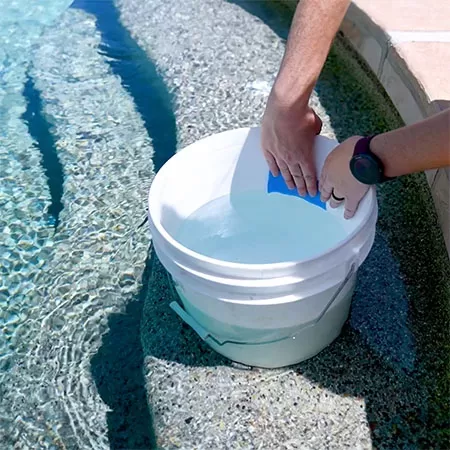
Maybe you’re not sure if you have a vinyl pool leak, or if it’s just hot weather evaporation. To confirm you have a leak, do what’s called a bucket test. Get a 5 gallon bucket and fill it 2/3 full with water and mark the level of the water inside the bucket with a marker or tape, set it on the deck right next to the pool. Mark the water level with a tape mark of the pool water level also.
Wait 24 hours and than check both levels to see if the water has gone down. If so, and the level has gone down farther in the pool than in the bucket then you do have a leak. If they both have gone down the same amount, your ‘pool leak’ is due to evaporation.
How to Locate a Vinyl Pool Leak
Once you determine your pool has a leak, the next step is to shut off the pump (remove the trippers from your timeclock, or shut off the pump at the breaker), and plug all of your pool lines to see if you’re still losing water. If you are, the leak is in the pool and not in the underground lines or the pump and filter system. However, if the water does not go down, then it is in the plumbing lines or filter system. If it is the pool itself than you start checking everything in the pool itself, cracked face plates, loose or stripped screws on faceplates, step screws, hairline cracks in fiberglass steps.
Dye Testing the Pool
With the pool pump off and the water still, use a pool dye testing syringe or an old test kit reagent and slowly put the dye around your light niche and face plates, and anything that looks like a hole in the vinyl liner. Do not use fresh test kit reagents, because if you suck water into the bottle, it will dilute the reagent, giving you false water test readings.
Squirt a small amount of pool leak dye close to suspected areas, and watch carefully to see if the dye gets sucked in and if so that is your problem area. An underwater mask can be helpful, especially for checking areas deeper under the surface.
You can dye test around skimmer, light and return faceplates, and around steps and swim outs. For most tests you can lay on the deck and reach a lot of area. Wear a swim mask, so you can see if the dye is getting sucked out. Large leaks are easy to see, but small leaks require still water and close testing. Repeat your tests until you are certain that the dye is being sucked out of the pool.
Pool Light Leaks
If it is around your light niche, then remove the light to see if the niche has cracks or holes, and if not the use a cord stopper which is a plug with a hole in the center and a slit so you can wrap it around the cord and plug the hole where the cord exits the niche.
Skimmers
Another place where the vinyl was intentionally cut, the skimmer faceplate and gasketing can be dye tested or inspected for voids or stuff stuck in a crack. Inside the skimmer, look for any cracks in the plastic skimmer throat and skimmer well. Dye test any suspicious areas.
Return Fittings
Your wall fittings, and the faceplates around them, can be dye tested as well. Remove the eyeball fitting to test inside of the fitting, to try and test the backside. If it is a stripped screw on a face plate or step, remove the screw and wrap it with Teflon tape and screw it back in – that is usually enough so it will tighten up and not leak, but dye test again to be sure. Or, if you find that it’s leaking through a cracked skimmer or return face plate, replace it and the gasket.
If you find any of these gasketed face plates or strips leaking, order replacement gaskets, do not try to seal it up with silicone or pool putty. The proper fix is to lower the water level below the faceplate, remove all the screws, replace the gasket and faceplate, and the screws very tightly.
Main Drains
Do not forget unless you can plug off your main drains you haven’t checked if the leak could be in that line. Usually, to do that you would need a diver with tanks to plug that line, or someone who can hold their breath very well – so that would be the last alternative if everything else has not found your leak. Leaks in main drains are hard to fix, and for this reason, leaking main drains are commonly abandoned. Some adjustment to circulation or filtration is usually needed to make up for the missing main drain.
Pool Liner Leaks
Some holes in a vinyl liner do not leak, but if you find any, it’s best to use a vinyl patch kit to seal it up. When inspecting your liner, swim slowly around the pool with a mask and snorkel, and look for anything that looks like a hole. Leaks in a vinyl liner are most common in corners, near steps or swimouts, and faceplates, but can occur nearly anywhere.
If the leak is a small hole in the liner then the only way to find it is going over the complete pool inch by inch to try to find it. A leak detection company has leak detection tools to find small holes in liners that you would never find, using low voltage electrical testing.
Leaks in the Pool Plumbing or Equipment
It’s rare, but if you determine that the leak is in the pool lines you now have to determine which pipe is leaking. You can plug off the skimmer and run the pool on the main drain only, or the other way around, in a process of elimination.
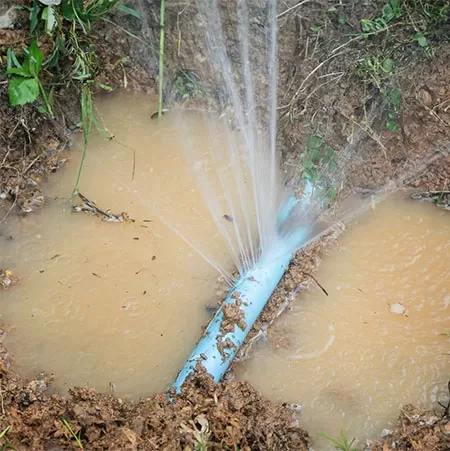
If the pool stops leaking when all of the lines are plugged, you can remove plugs, one by one, from skimmer, main drain and return lines, to see if the leak starts again. With the pump not running, leaks in a return line will slow down, and sometimes stop leaking all together, whereas on a skimmer or main drain line, they may leak more when the pump is off. Sometimes, a skimmer or main drain leak will draw air into the pump, while the pump is running.
Leaks in underground pipes are rare, but they do happen. To determine which line it is , a process of elimination can be used to isolate different lines. Pressure testing individual pipes can determine with certainty which pipe is leaking. Sometimes it is easier to replace the line which is bad rather than trying to pinpoint the exact location.
Patching Vinyl Pool Leaks
Small tears or rips up to several inches in length can be patched with a vinyl patch kit, or you can use a flexible liquid sealer, that squeezes out of a tube. Small leaks in vinyl liners or pipes can be fixed using Fix-A-Leak. This process of elimination can take many days, so boost up your chlorine level and brush and skim the pool each day to maintain the water quality.
Pressure Testing the Plumbing
Pressure testing can be done with water or an air compressor. This involves isolating one particular plumbing line, by closing a valve or plugging the pipe at one end, and using a test plug on the other end to put the pipe section under pressure, with water and/or air.
You can hire a professional leak location company, or pool service company to pressure test for you, but you can do it yourself with the right test equipment. Once the line is determined a leak detection expert can usually pinpoint the leak. Geophones are used for this, like a stethoscope – they can hear water running underground.
Broken underground pipes are not usually the source of most vinyl pool leaks, but if it is – a 3 ft square section of pool deck can be cut out to access the pipe. Not as dramatic as you may think, but if the deck is not very wide, it may be easier to tunnel underneath the deck to expose the pipe, and replace the broken section.
Leaking Backwash Line
A very common leak at the equipment pad is a multiport valve that is slowly leaking out of the backwash port. If you leave your backwash hose connected and rolled out all the time, you may not notice the leaking out of the other end of the hose.
Check this, and if you find water leaking out of the backwash line, the correct repair is not to install a valve on the backwash line! The correct repair would be to either replace the multiport valve, or replace the parts causing the leaking, which is usually the spider gasket or the internal spring.
My best advice to you is to eliminate the obvious sources of a leak, and if you can’t find it contact a leak detection company, with a detailed record of what and how you tested. Most will charge a minimum of $250 – but it can be worth it, saving you a lot of time and testing, and weeks of downtime.
If you need to locate a leak detection company in your area, check the yellow pages or do a few online searches for local companies in your area.

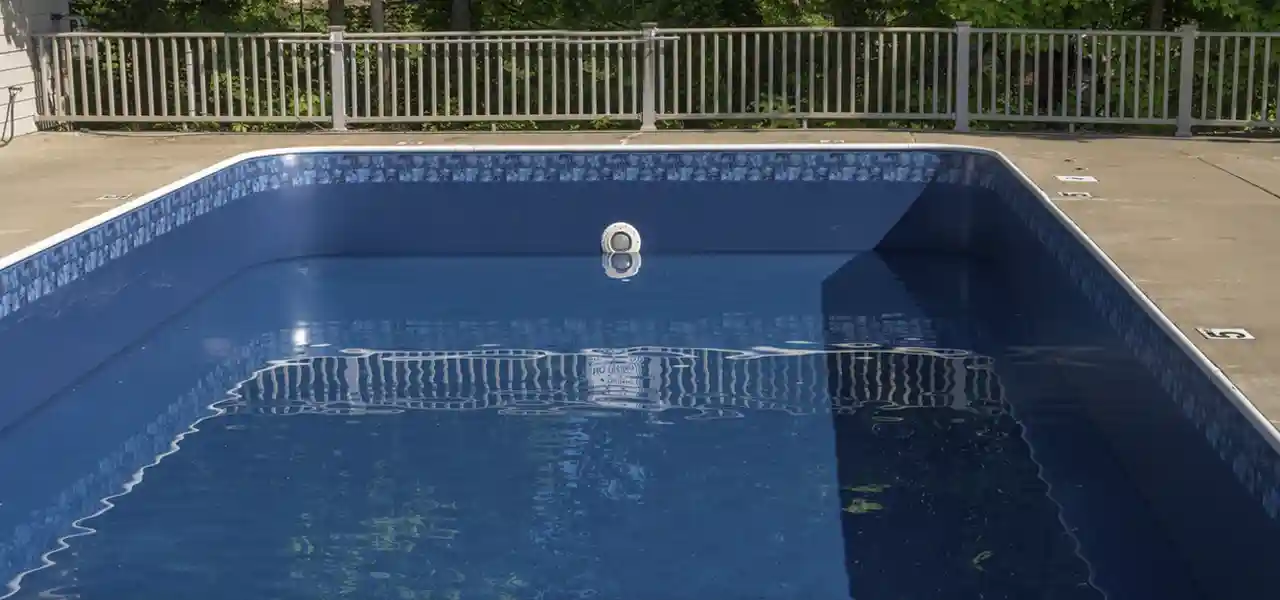
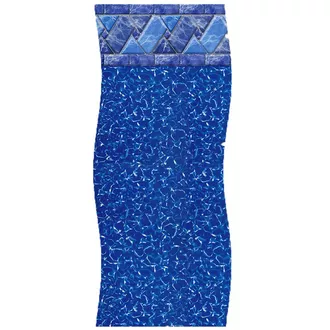
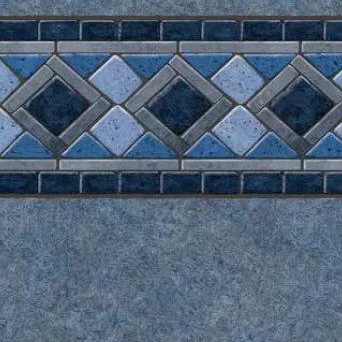
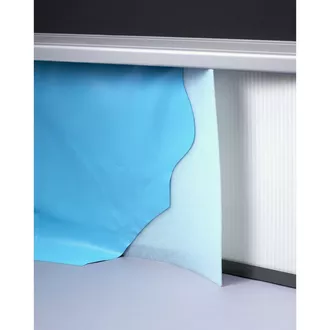
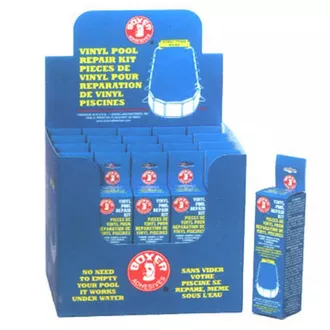
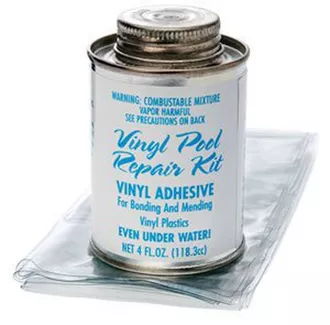
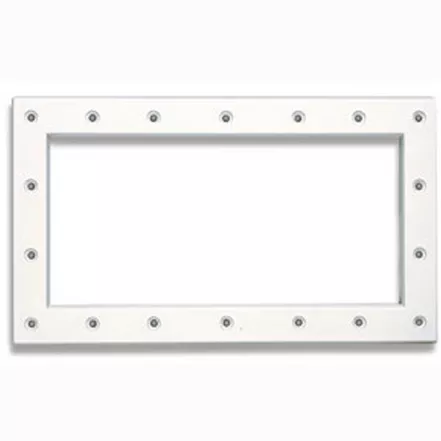
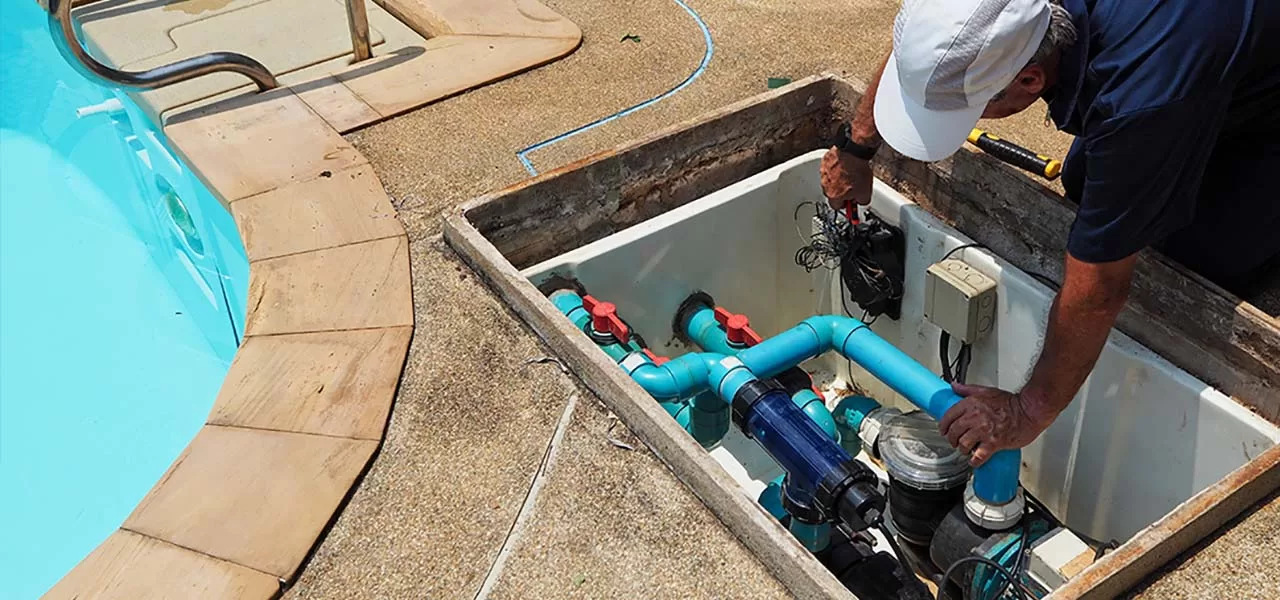
If it is our light do we need to drain the water under the light to take it out and fix it or can this be fixed while there is water in the pool?
Hi Sarah, you do not need to drain. THere is enough cord left behind the light to be able to pull the light on deck. Then you can lean over, way over the pool edge, with your waist right on the coping edge, and with goggles on, you can place a Cord Stopper into the conduit connection (where the cord exits the niche). That is the most common light leak. The niches themselves don’t commonly leak, and a leak around the niche is possible, but also not common. 99% of the time, the conduit is broken underground, and leaking. Repair with Cord Stopper, or silicone sealant, or pool putty – listed in order of effectiveness.
I have an in ground pool that has a major leak. Upon opening my pool I discovered no water in shallow end.
I ordered a new liner which I needed. Since there was no water in shallow end, I suspected it was in the main drain. When I cut out the old liner, the main drain appear Ok from a visual inspection. However, the step gasket and trim appeared in bad shape. Some of the stainless steel screws were completely rusted. Most of the screw holes had rust spots. I did not order a new gasket since I was informed it was not needed since they have a thick rubber gasket. It was a thin plastic strip. There are no visible cracked in my steps. Any suggestions on how I should pursue this problem?
There is usually a thick black gasket, underneath the plastic trim piece, underneath the top trim piece that covers the screws. We have the Step Gasket available, and for the screws, we have lots of screws that are SS and should fit, but none labeled ‘step screws’, take a look here:
Hello,
I have an in-ground pool and last year towards the end of season I suspected a leak. Before I opened it a couple of weeks ago, I noticed I was filling up the pool to get ready, and it was losing water 1/4″ or more every day. That was with all plumbing still plugged. So I suspect the leak is around face-plate gaskets or liner or main drain.
I tried using a dye but did not see anything obvious.
Any help is appreciated.
Thank you!
Eyal, when the lines are plugged and it still leaks, we can narrow it down, yes. Could be small hole(s) in the liner, or a gasket on the pool drain, skimmer, return, steps and pool light. Pool lights also leak commonly thru the cable conduit, connected to the back of the light niche. There is a product we carry called Light Cord Stopper, to fix the issue. Using Leak Dye is also a good thing to do around all of the faceplates, and any suspected leaks. If you wanted to narrow the search further, since you have a drain, you could close your skimmers for a week, and see if it continues to drop, below the skimmer and return faceplates. This would limit the search to the drain, light, step gaskets, or hole(s) in the liner. Start by testing all the screws on those faceplates, with a large #3 Philips, turning very tightly, until the plastic squeaks and creaks.
Hello,
My pool is leaking water but the water level maintains it self right under the very first step going into the pool, which lines up with right under the skimmer box, then stops. I’m thinking if it was a tear in vinyl liner it would continue to leak well below this point. Could this possible mean it’s a plumbing issue with pipes rather than a tear in vinvyl? Any advice is greatly appreciated!
LIsa, most likely it is the gasket for the skimmer. You may see bits of debris stuck into a spot inside or outside of the skimmer faceplate frame, this is a good sign of where the leak may be. You can add water, and use food coloring, or our dye syringe, to dye test the skimmer (with pump off / water still), to verify where the leak is. It could also be a small crack inside the body of the skimmer. Cracks or leaks in the skimmer can be fixed with Pool Putty or Silicone. Sometimes, a leaking faceplate just needs to have the screws tightened, use a large #3 Phillips and crank them until you hear the plastic squeak and creak.
Thank you so much
Yes I was wondering if your close to Springfield ohio. If so I have a leak in my pool. I would like to pay you to fix it. Can you let me know please. Thank you Becky Moore
Hi Rebecca, I’m sorry but we are not close to you, and are only Internet Retailers – we don’t provide any services or home visits.